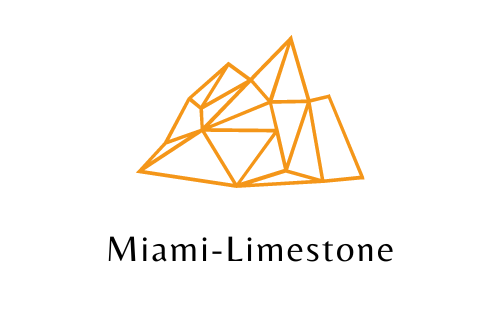Why Limestone Is a Good Building Material
Limestone is an interesting material that’s definitely strong enough to build with, but it’s also soft enough to carve, mold, and shape. This leaves many homeowners wondering, is limestone a good building material? Limestone is a great building material. In fact, The Great Sphinx, The Parthenon, The Empire State Building, and other famous landmarks were all built out of limestone. Read on to find out why limestone could be the right building material for you.
Limestone Is Versatile
Limestone is a remarkable aggregate building material–great for both indoor and outdoor projects. With a plethora of variations such as red, pink, gold, brown, or black limestone, you can create unique finishes like the honed finish by combining colors and textures. Moreover, its soft yet dense nature makes it ideal for carvings and moldings in any shape: blocks, bricks, slabs,, etc. So get creative with limestone and design something unforgettable!
Limestone Has Dependability
Limestone is an excellent building material because it is very durable. The ideal material for an artificial stone is one that’s strong and dense, and has few pores. While limestone naturally corrodes over time, it does so only on a superficial level. It’s not going to affect the structural integrity of the foundation. It’s likely to last for generations. When limestone is used in building construction, walls and floors will look great for a very long time.
Limestone Is Cost-Effective
Limestone is often chosen over other building materials due to its cost-effectiveness and plentiful supply. Its relative light weight and ease of installation also add to the savings, since less time and fewer materials are required for setup.
Limestone Helps Control Temperature
Limestone is a good conductor of heat. It keeps the inside of your house very cool, because it absorbs external heat and doesn’t let it pass through. If you’re concerned about the environment, this is a good choice. It reduces energy usage while keeping your home cooler. This can really help keep your electrical bill down. Miami Limestone can help you set all of this up.
4 Common Limestone Problems & Avoidance Tips
Weathering
Limestone is one of the most chemically-weathered types of rock. When the pH of the water changes, it changes how the minerals and trace elements in your limestone are arranged. Rainwater can get acidic because of the carbon dioxide that it contains. If you expose a limestone to carbonic acid, you can see the marks of weathering on it. This is a common problem which is seen especially on the limestone walls which suffer substantial deterioration.
You can help prevent this problem by building a kind of a small shed over the limestone wall in order to catch any rainwater that falls on the wall. These types of weathering might require restoration if it’s a deeper level of damage.
Erosion
This could be a result of the general weathering described above. Erosion can occur when the limestone is exposed to harsh elements, such as wind, weather or human contact. Airborne abrasives which are floated by wind are other reasons of erosion. Also, when this stone reacts with only water, the erosion might also happen.
You can plant trees around the walls to deflect the wind and water from eroding the walls. For this reason you extend the life of the limestone.
Staining
This is also known as ‘limestone discoloration’, and it’s one of the top three most common causes of water pool coloration. This is a common cosmetic problem that staining can cause. It’s such an ugly looking appearance on any decorative stone. Limestone absorbs different types of organic and inorganic oils like castor oil, coconut oil, palm oil, soybean oil, olive oil and grapeseed oil. You should be careful about the paint and color that you choose for limestone surfaces. Cleaning agents should also be appropriate for limestone cleaning. You should clean your pet’s poop and leaves as often as possible.
Crumbling
This is the most critical problem related to the limestone and limestone materials. This rock is already a brittle, which causes it to break. Limestone is naturally porous but because it’s often quarried out of soft rock, it can become disintegrated over time. This process is hastened when the stone is mined from deep within softer formations and subjected to extreme weather conditions. If the damage has been developed, there isn’t much you can do to fix it. The only thing you can do is to detect the potential problems in advance and eliminate the potential sources of crumbling.
